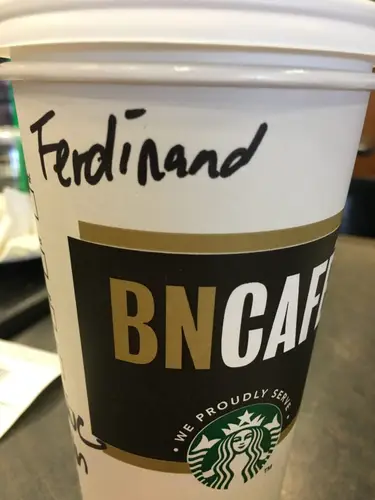DEFEATING THE CRAVINGS
A physical and psychological response
At times called the “feeling good hormone,” dopamine is a neurotransmitter that contributes to the regulation of emotions in our brain. Dopamine acts over the striatum (a part of our brain), giving us a temporary feeling of calm and pleasure.
To guarantee the survival and reproduction, some productions of dopamine are innate among all species, like food and sex. But some responses are non-inborn, but instead acquired or learned later on, like cravings for certain foods, cigarettes, or drinks.
Destructive and constructive responses
Destructive responses are those that can potentially turn into addictions. Addictions are difficult to control behaviors in which we find a temporary pleasure, despite knowing it’s harming us, harming others, or even illegal.
A proper plan, as well as a support group, are often needed to stop those behaviors. In some cases, professional help is required in order to fix those addictions.
Constructive responses are those we have control over and don’t harm anyone, but still able to stimulate the production of dopamine. In many cases, they can benefit ourselves or other people.
Exercising, reading, or altruistic actions are beneficial activities that can also stimulate the feeling of pleasure and well being.
THE SEQUENCE TO ADDICTIONS
Addiction to sugars, chocolate, smoking, coffee, among many other substances, is often something created inadvertently by habit. We often tailor our behaviors and responses of pleasure and comfort, without even being aware of it. For many of us, some things “simply go together” and we don’t think much about it. It all comes down to a simple formula of cue, action, and reward.
The cue starts the sequence; many times, we are unaware of such signal, something as simple as driving back from work.
The action refers to the portion of the sequence we would like to find a way to change, like grabbing a scotch as soon as we arrive home.
The reward is the closing of the sequence, a pleasant action or stimulus, like relaxing to watch a TV show.
By restructuring the sequence and substituting the action, but keeping the cue and reward, we can modify a habit and substitute it for a better one. The key is to be able to identify the three factors of the sequence.
Currently, we are living the times of the lowest tobacco consumption in a long while, which is excellent. Not many years ago, a coffee and a cigarette was the norm. Smokers couldn’t just quit tobacco and keep drinking coffee since there was a direct connection between both. The sequence was a coffee, a cigarette, and catch up a conversation. Nowadays we see several coffee shops, but not so many people smoking.
With time and effort, many people were able to re-design the sequence, and for many people now it reads: order the coffee, hear your name (and read it misspelled on the cup), and catch up with the social media.

2- hear your name (and read it misspelled on the cup)
3-catch up with social media.
Whenever you feel a craving for sugars, chocolate, bacon, or anything else, stop for a second and analyze. Is that craving the product of a sequence? Most likely!
DISSECTING THE BEHAVIOR
Most people have a behavior or addiction they would like to control. The most straightforward approach is not trying to eliminate but to substitute. The action is the most recognizable portion of the sequence (which is the part we would like to remove). By recognizing and keeping the cue and reward in place, it’s much easier to substitute the action and succeed at defeating the craving.
Have you already identified the cue and reward connected to the action you would like to change?
